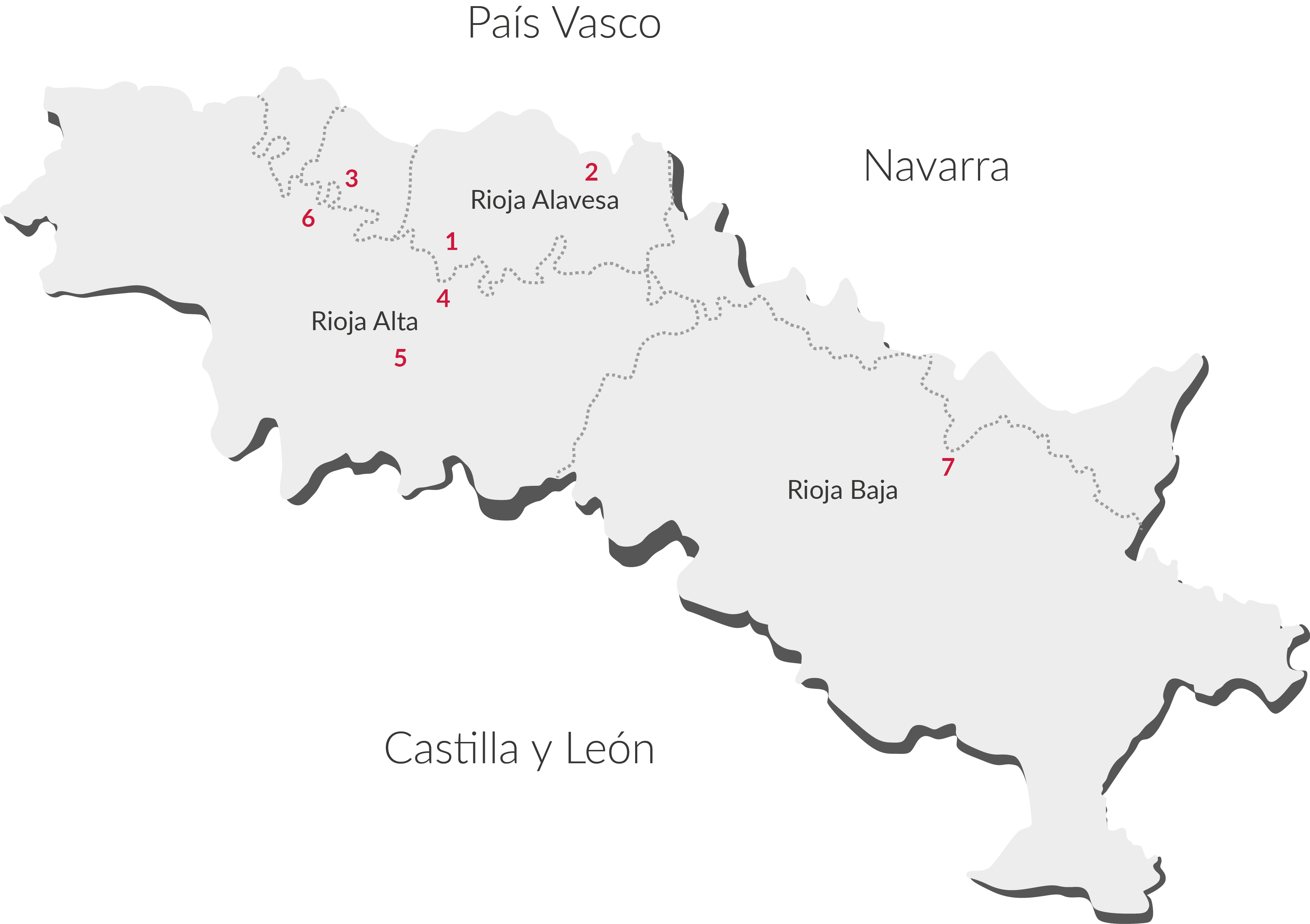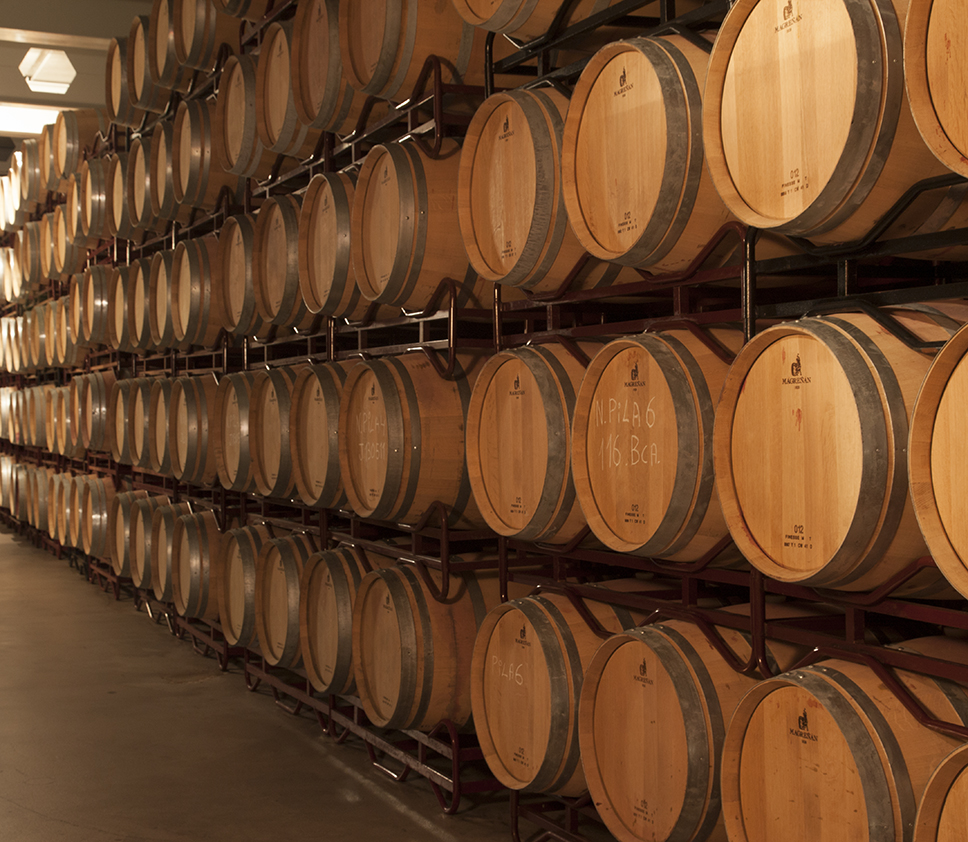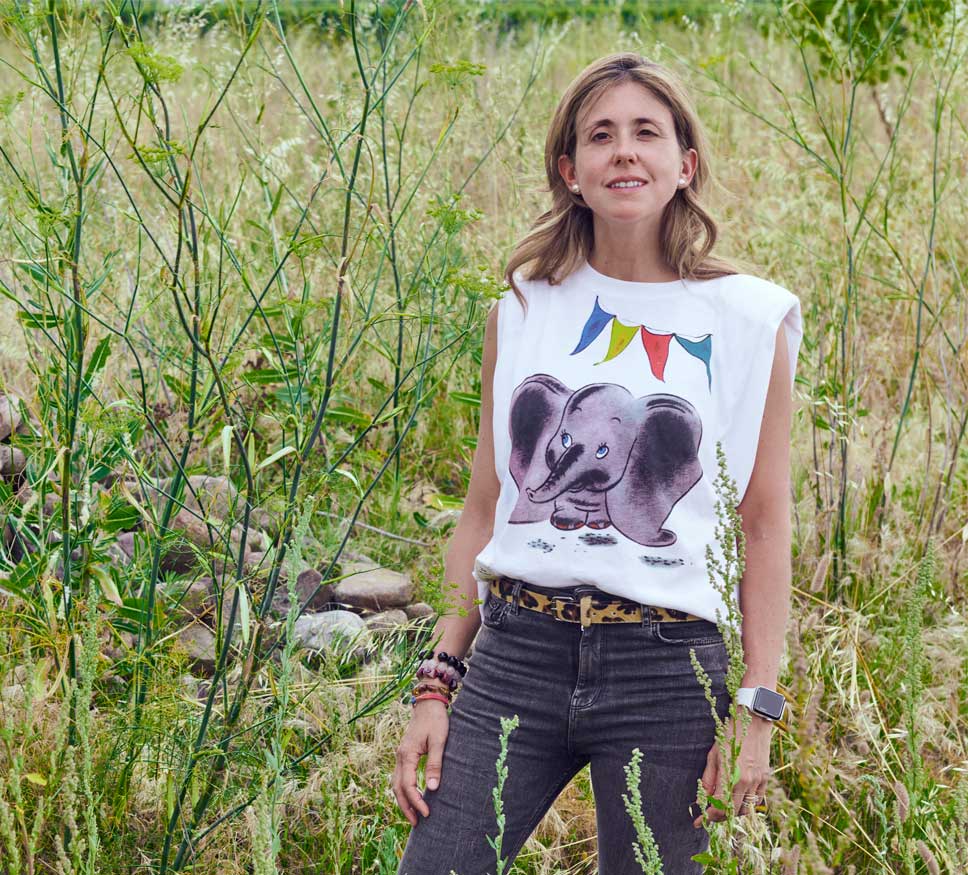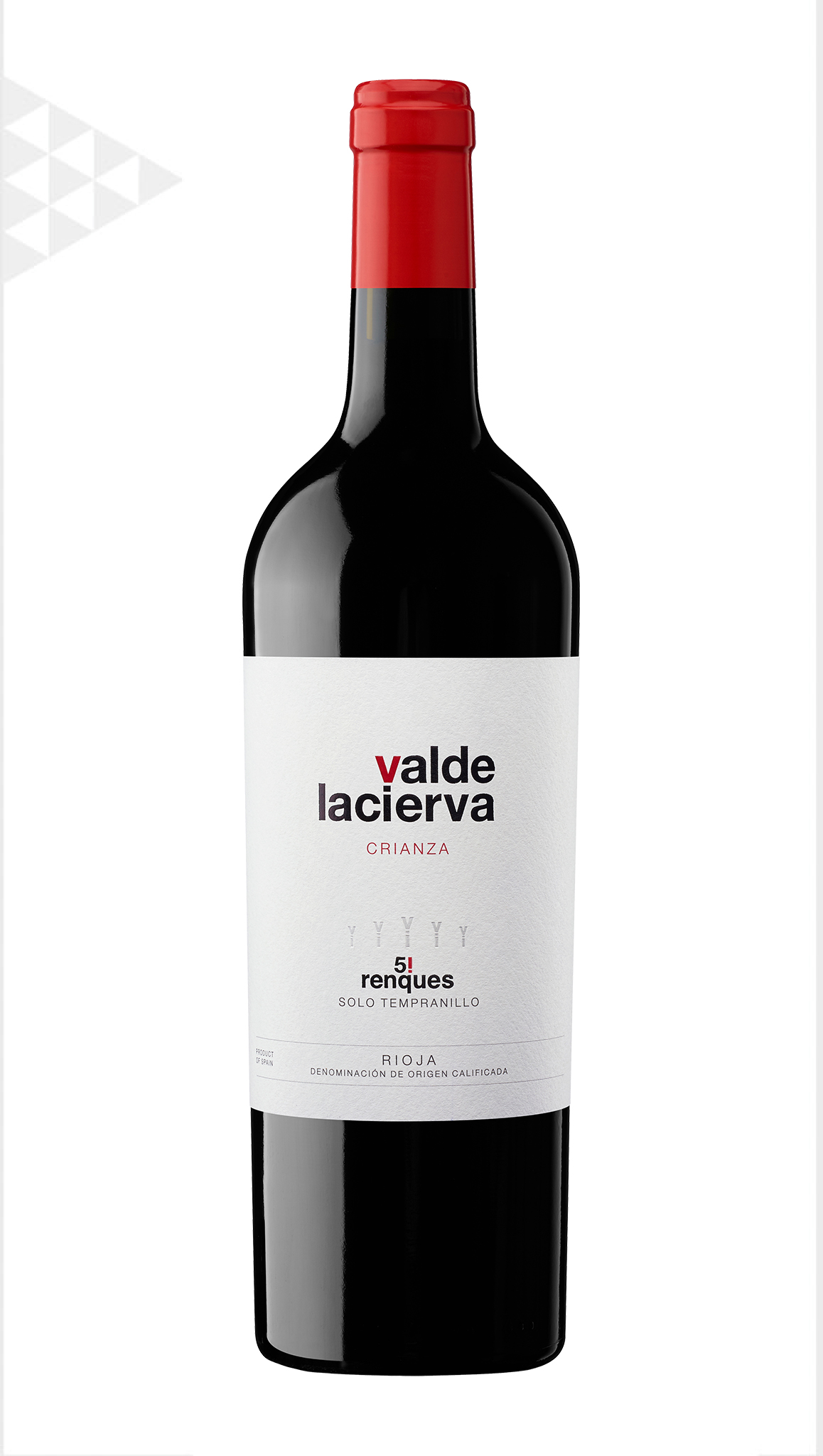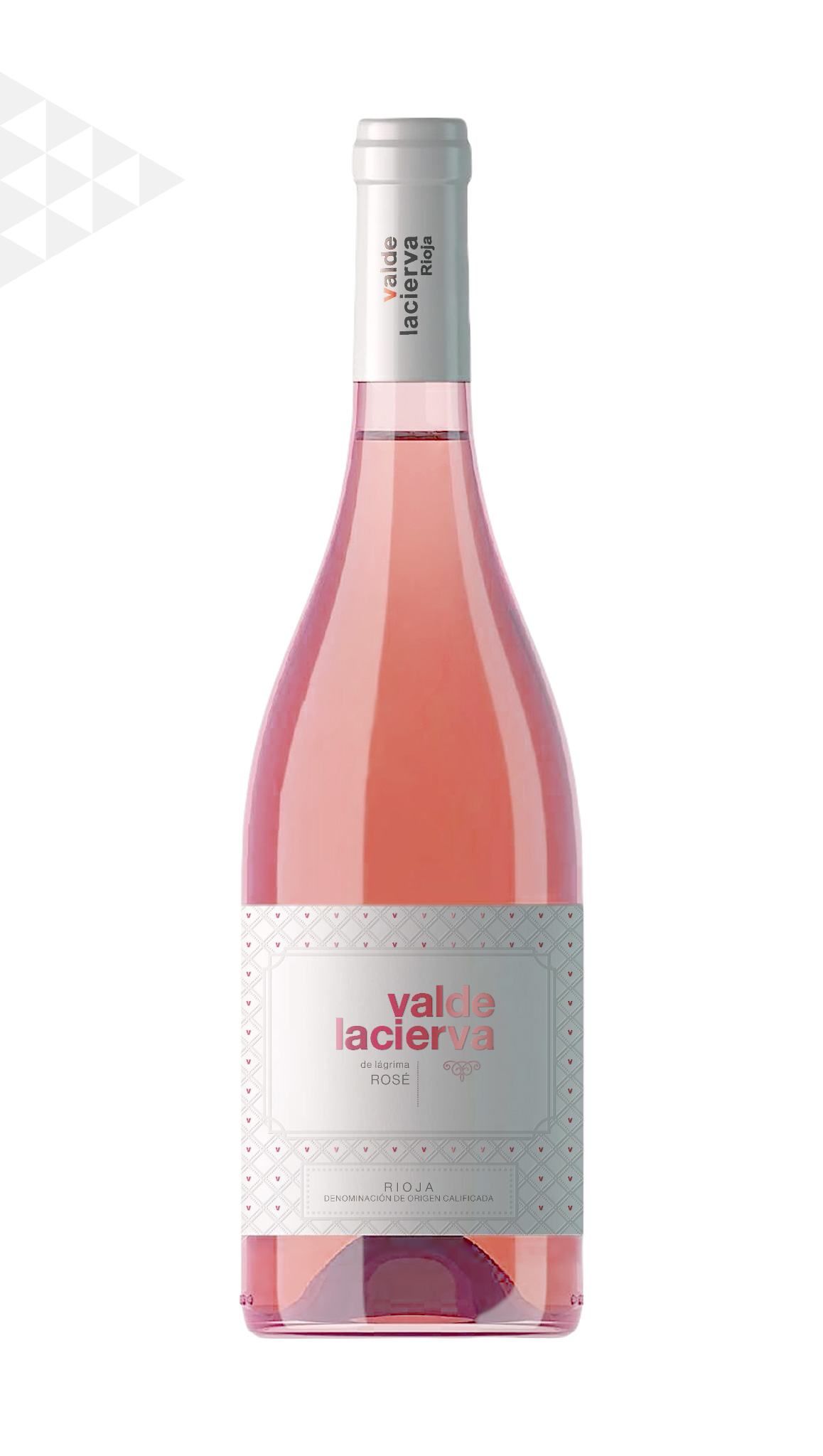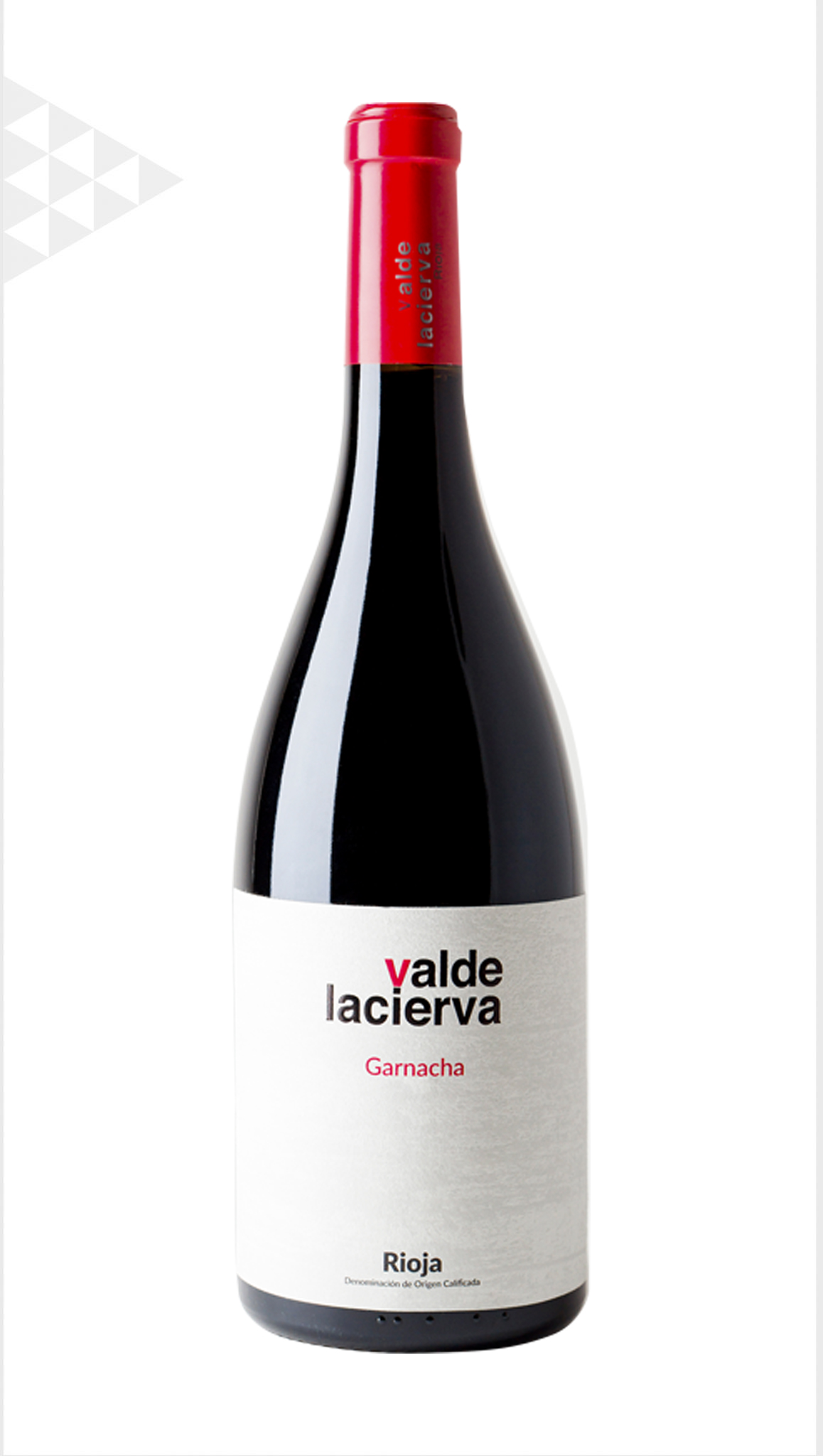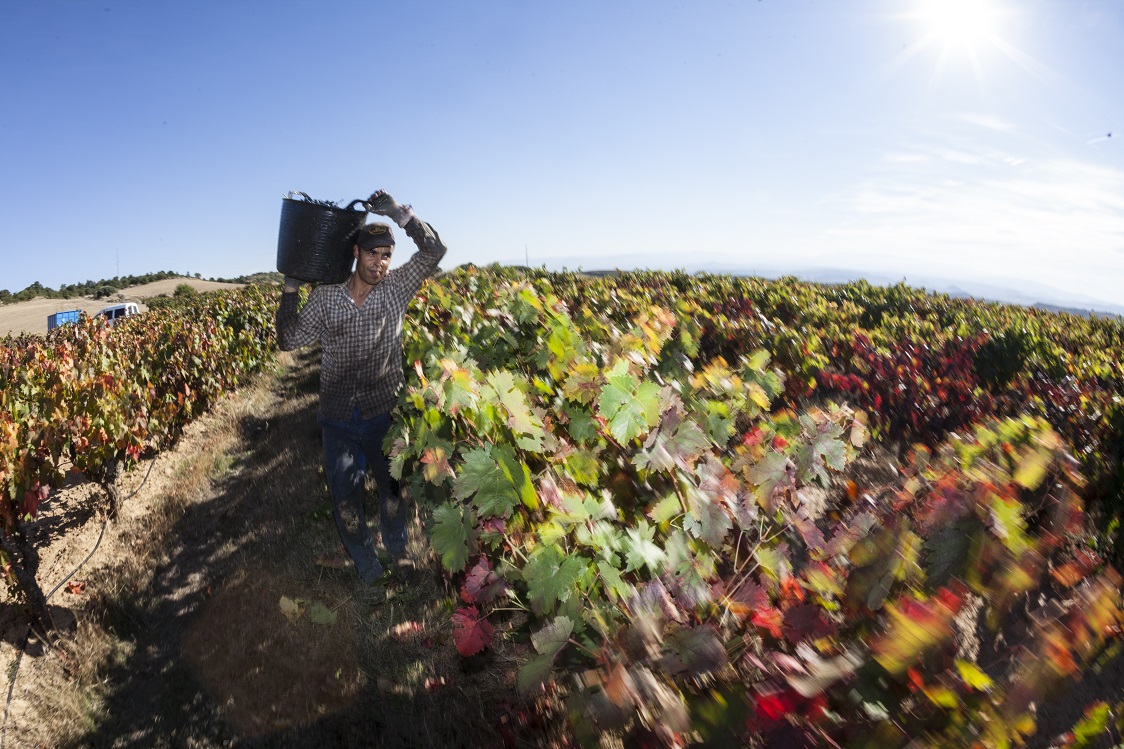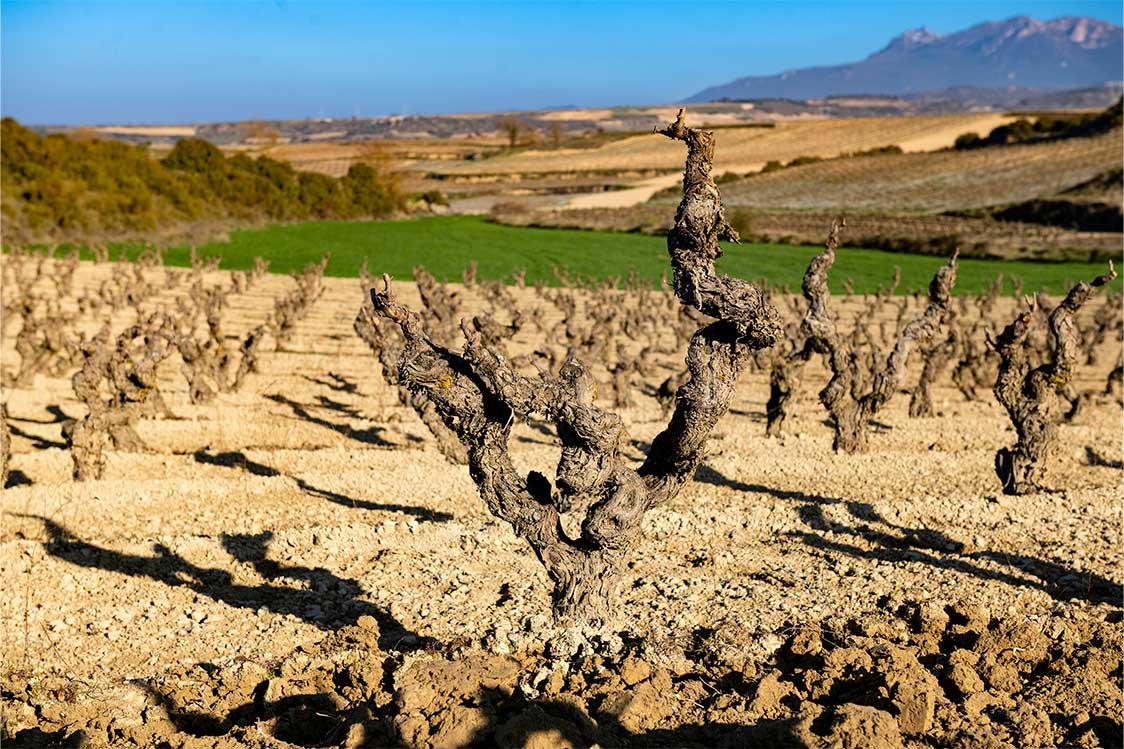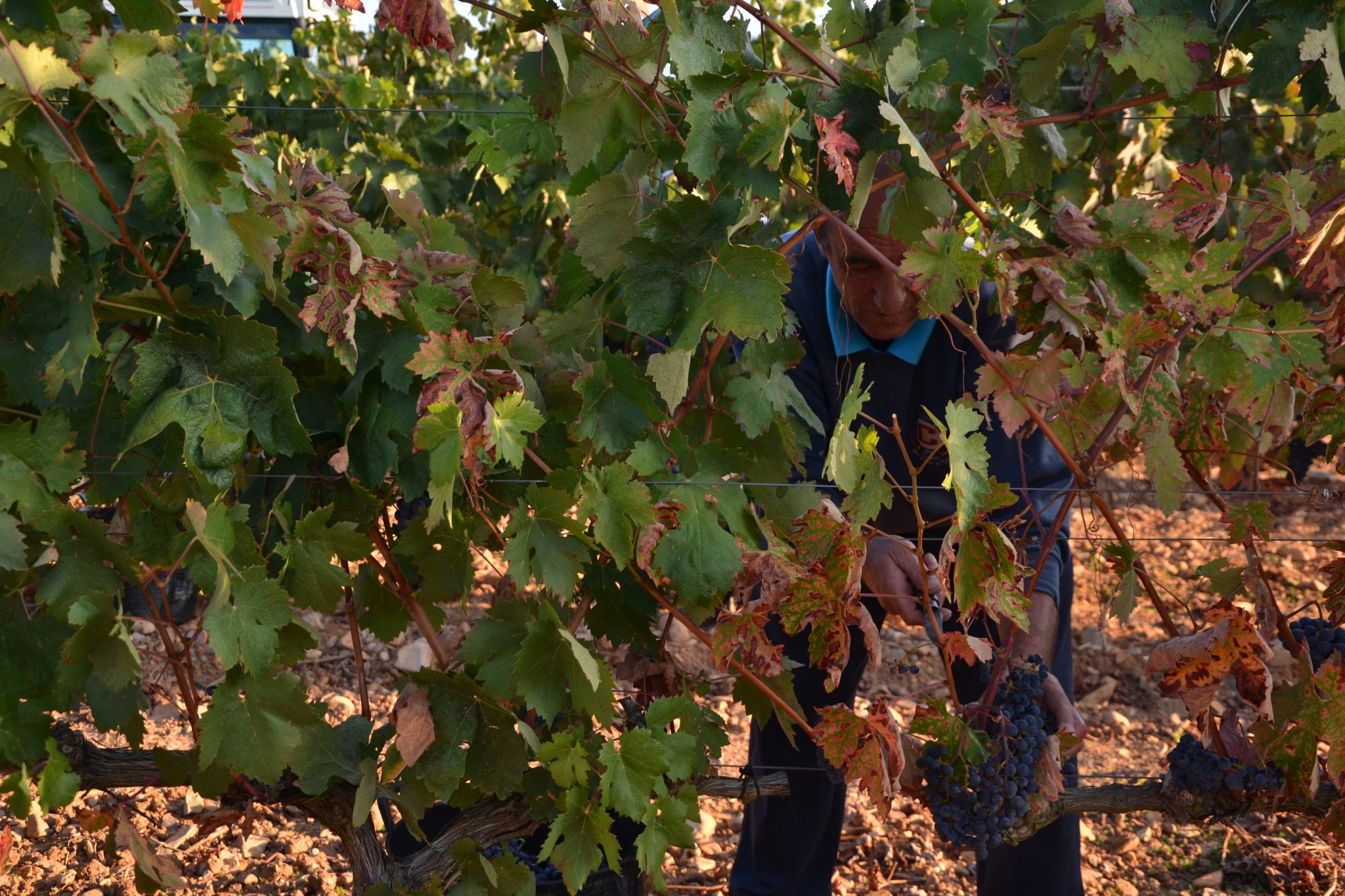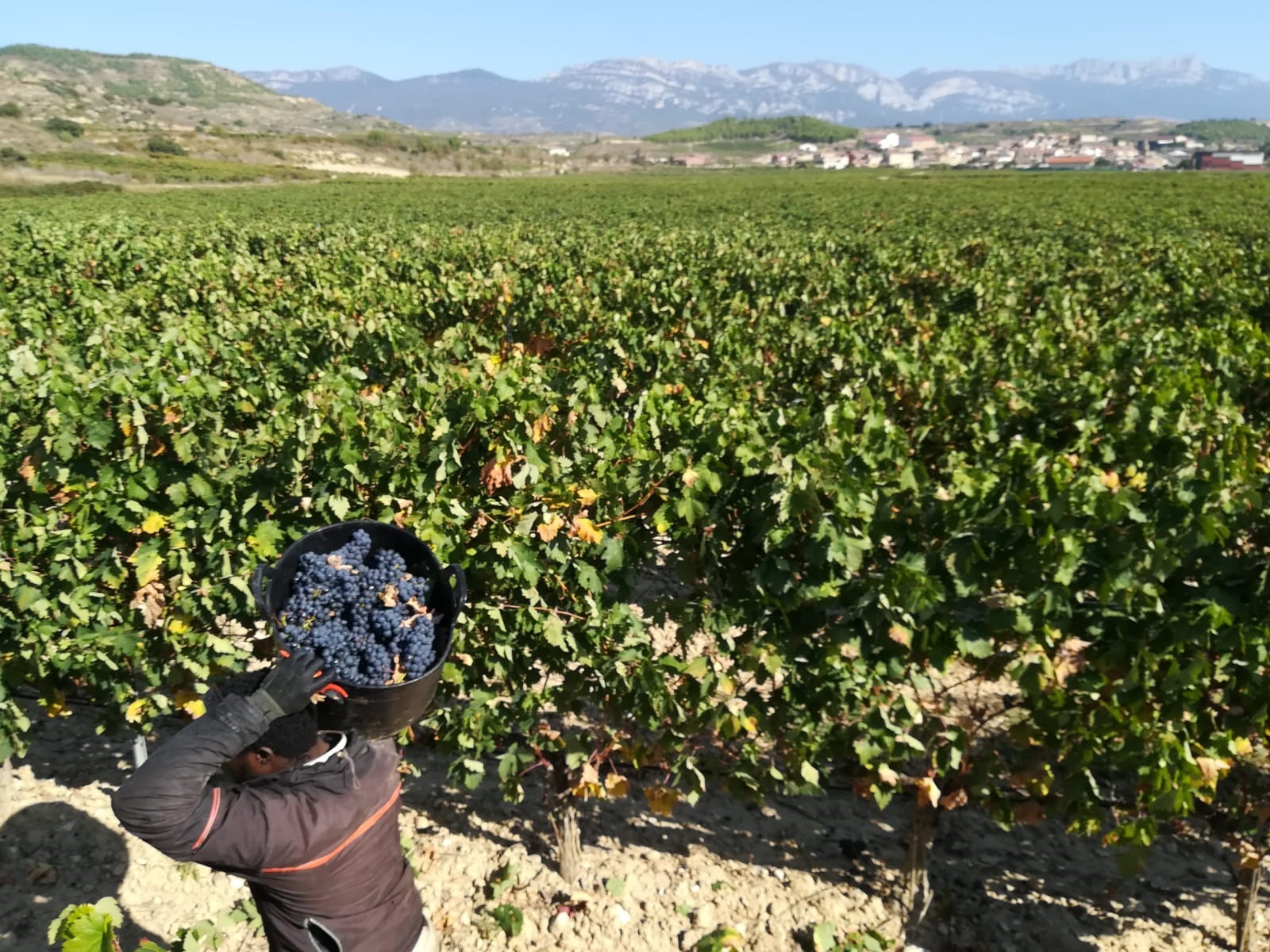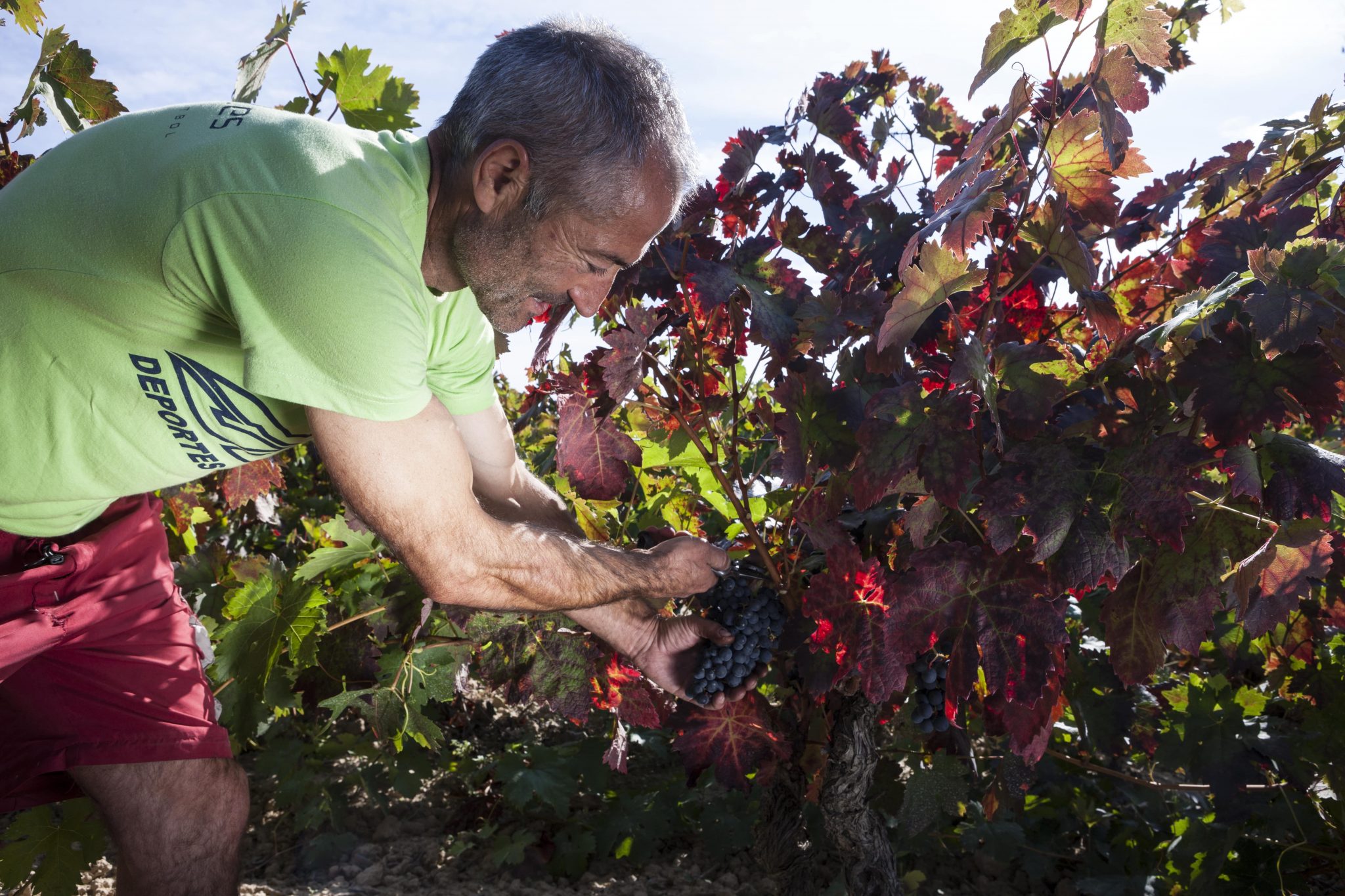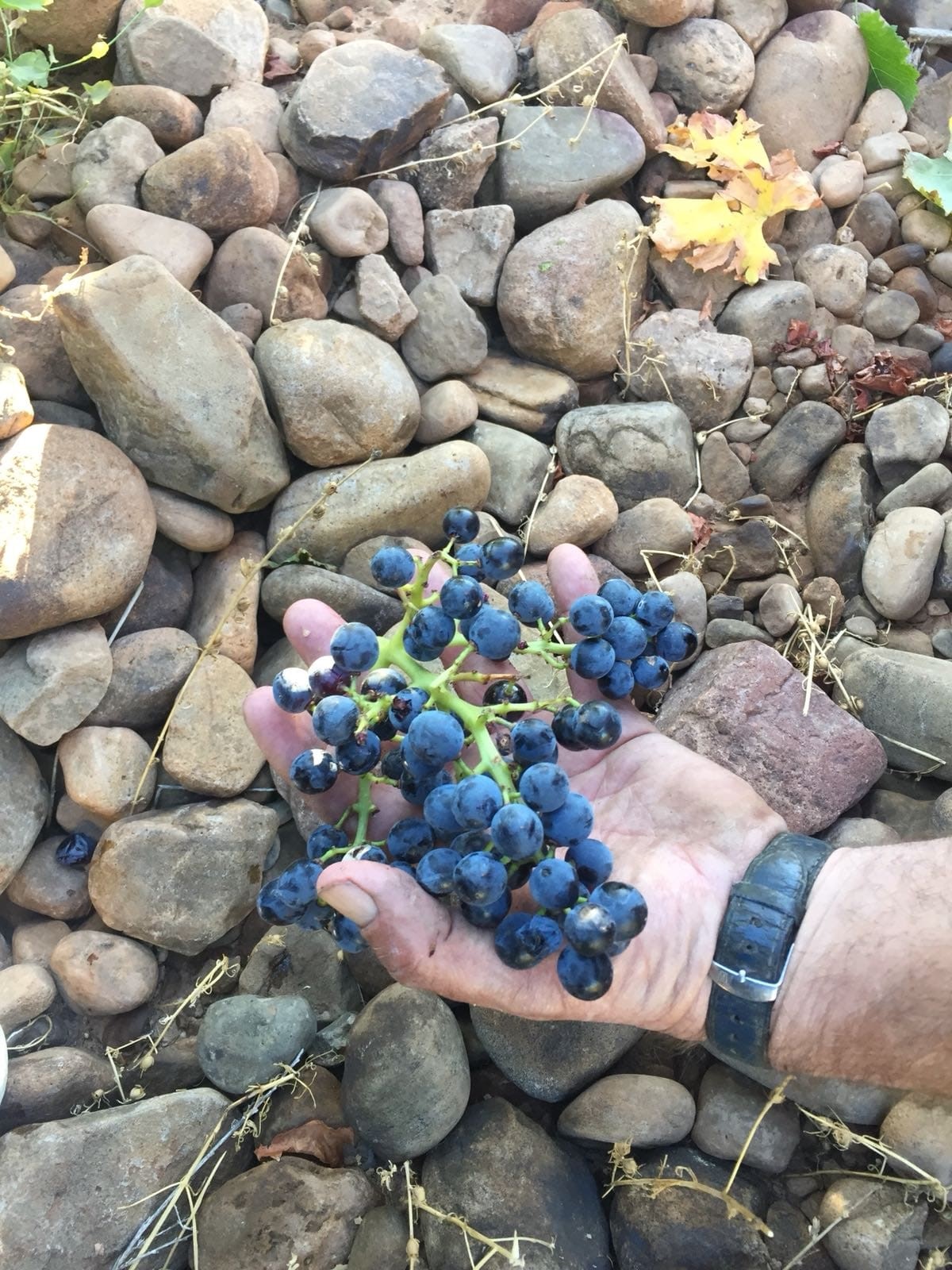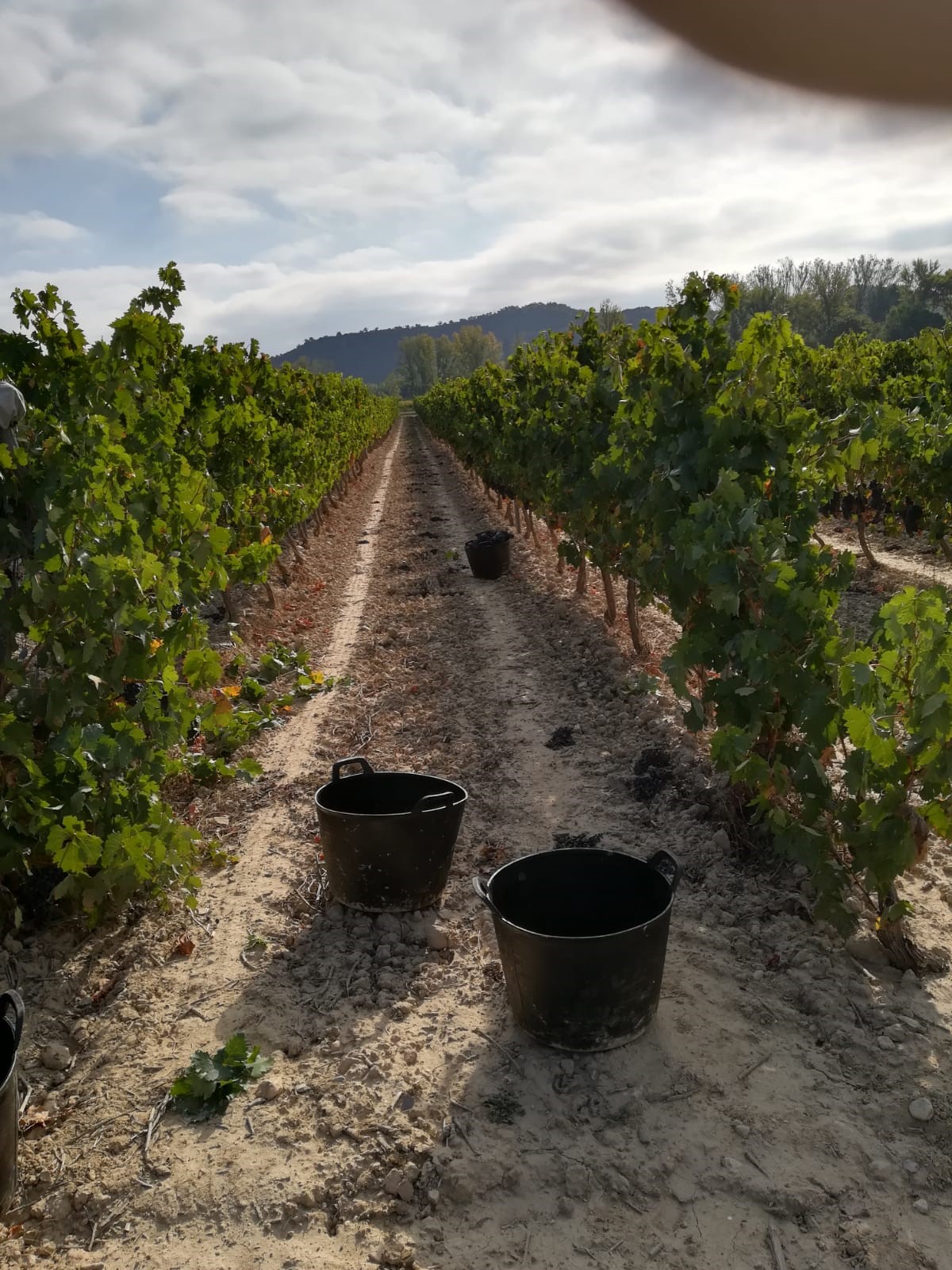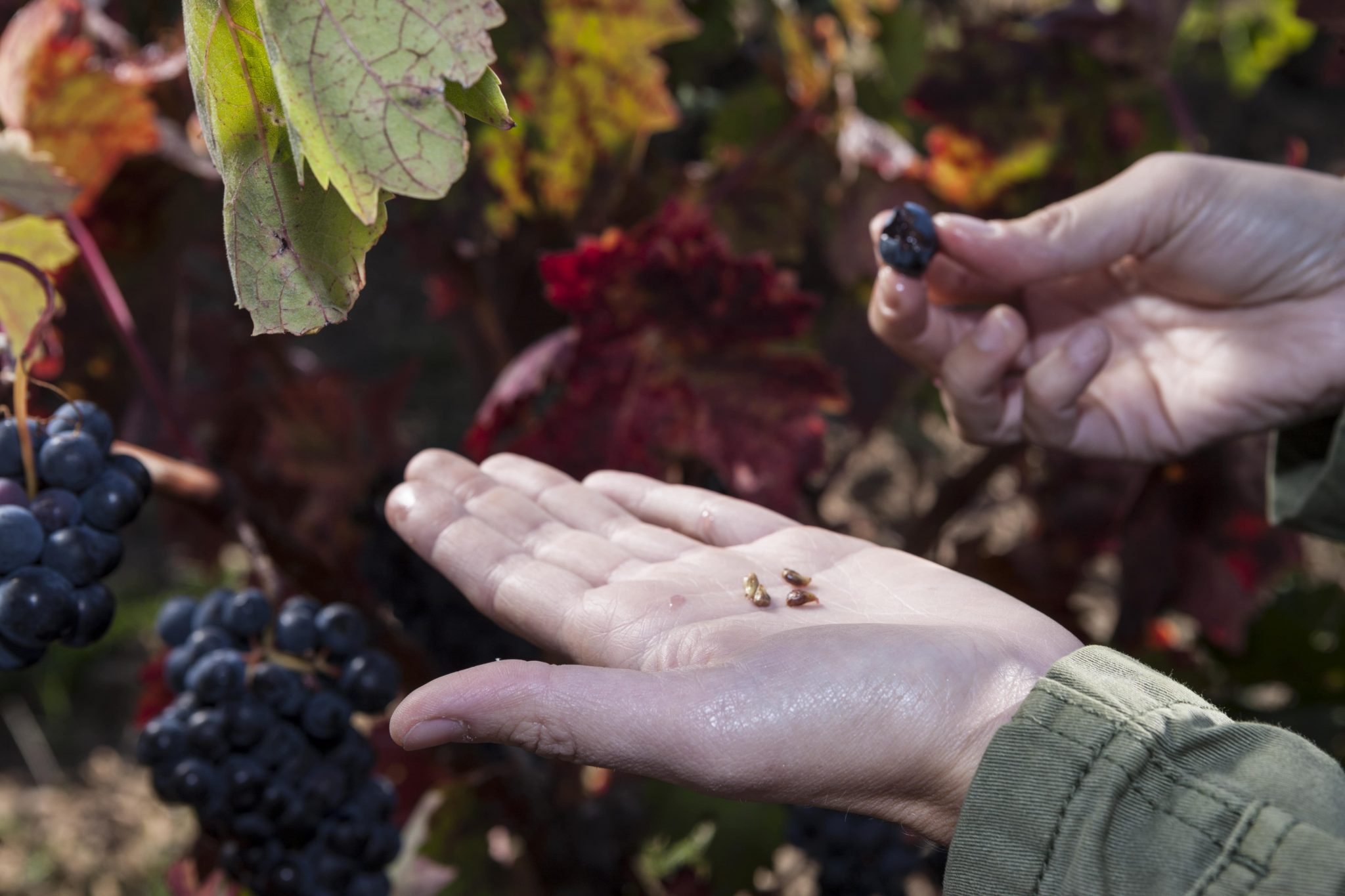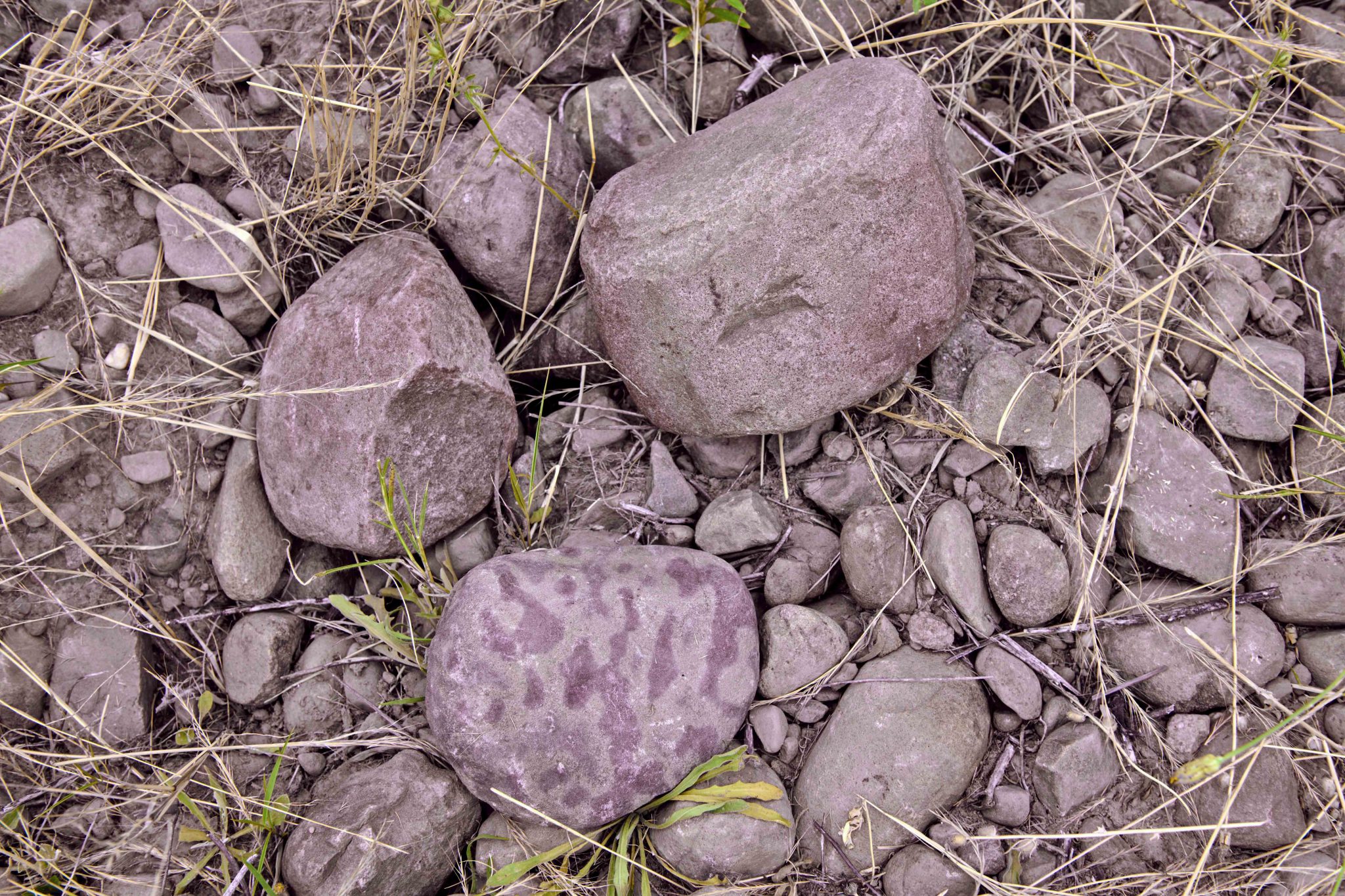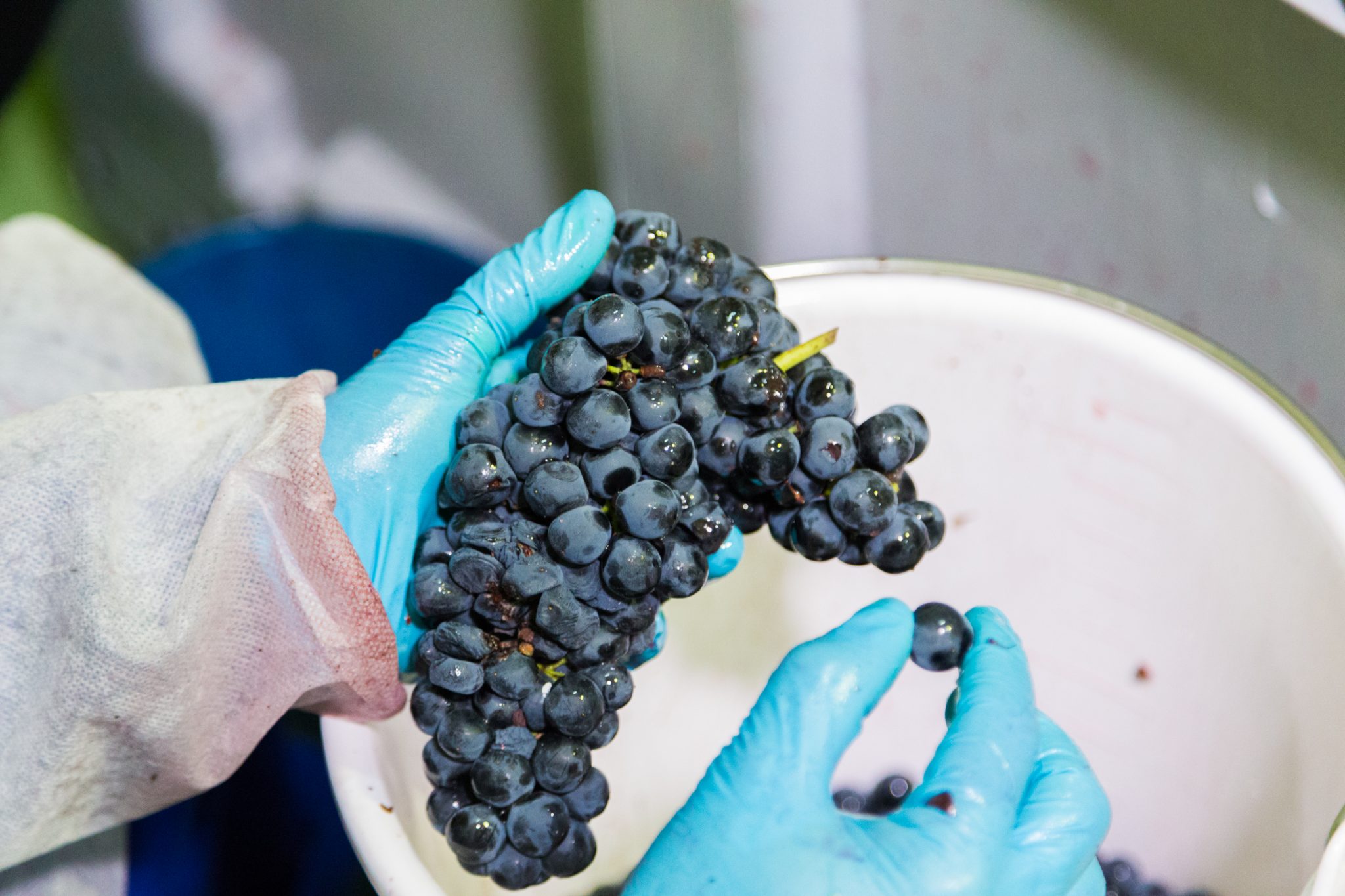Baños de Ebro
Baños de Ebro is situated in the Rioja Alavesa. The climatic differences of altitude and soil types enhance and enrich the wines made here. It is an area protected by the Cantabrian mountains with a long tradition of quality wines. Clay-calcareous soils. Wines: Valdelacierva Crianza, Valdelacierva Grano a grano, Alfar Vendimia Seleccionada y Alfar Reserva.
Yécora
The clay-calcareous soil is what defines the quality of these wines, as it gives them their delicate aroma and very smooth palate. Working with this type of soil is complicated because the underlying subsoil consists of clay sandwiched between layers of sandstone-limestone formations.
The climate is continental, with Mediterranean influences, rather warmer than the Rioja Alta, as it is protected from excessively cold conditions by the Cantabrian Mountains. Wines: Alfar Reserva y Valdelacierva Crianza.
San Vicente de la Sonsierra
As its name indicates, "Sonsierra" (“under the sierra or mountain range”), is on the leeward slope of the Cantabrian mountain range, one of the most favourable areas for wine production. It has a microclimate with just the right amount of humidity, more rainfall in winter and a moderate wind that plays a key role in the ventilation of the vineyard. Well-drained clay-calcareous soils, producing the best Tempranillo grapes. Wines: Valdelacierva Maceración Carbónica.
Cenicero
This is a truly emblematic location within the Rioja Designation of Origin, right in the heart of the Rioja Alta sub-zone, where both vine-growing and wine-making can proudly boast a tradition that dates back over many centuries. Wines: Valdelacierva Crianza
Uruñeula
Located on the lower bank of the Najerilla River, bordered to the north by the Cantabrian Mountains and to the south by the Sierra de la Demanda range, it is surrounded by three rivers, the Ebro (to the North), the Yalde (to the south) and the Najerilla (to the west), the latter giving its name to this beautiful valley.
It enjoys the typical climate of La Rioja Alta: predominantly Mediterranean, but with significant Atlantic influences. In this area the tempranillo grapes enjoy an adequate ripening period and a 40-day completion period between the onset of the ripening process and harvesting, thus reaching optimum alcoholic and phenolic maturity year after year. There are three types of soil:
- A) Stony alluvial soils producing our finest wines, with their characteristic aromatic complexity. Here we obtain wines with a short crianza period, with moderate and very silky tannins.
- B) Predominantly limestone and clay soils of medium to low depth, where vines need to make an effort to anchor their roots. The resulting wines have greater depth and body, as well as lots of personality and are suitable for longer crianzas.
- C) Resto, located between Uruñuela and Nájera, covers a more fertile area, where grapes mature later and are planted with vines destined for our younger wines. These fresh soils give rise to more fruity wines.
Briones
Rioja Alta. Las cepas más viejas tienen ahora más de setenta años, en las faldas de las laderas de la histórica zona de Valpierre, a 550 metros de altitud y con orientación sudeste y este. La tierra es arcillo-calcárea, lo que unido a la inclinación de las laderas facilita un muy buen drenaje del suelo, muy poco fértil e ideal para obtener uvas de gran estructura. Las Viñas son de la variedad Tempranillo. Vinos: Valdelacierva Crianza.
Tudelilla.
Posee una amplia riqueza edafológica en sus suelos basada en el bajo contenido de materia orgánica, su perfil arcillo-calcáreo y una presencia inusual de canto rodado de tamaño medio y pequeño que dota a dicho suelo de características vitícolas propias, Viñedo antiguo cultivado en vaso.
La Pedriza no sólo es un término municipal o polígono agrícola de Tudelilla, donde se localizan viñas centenarias de calidad vitícola más que demostrada, la pedriza es un concepto en sí. En sus tierras, por la cantidad de canto rodado, encontramos peculiaridades vitícolas claramente reconocibles, garnachas centenarias y tempranillos profundos. Este conjunto de elementos y factores, junto a las peculiaridades del suelo (canto rodado, baja MO…) genera un microcosmos vitícola único que permite hablar y desarrollar el vino de pueblo que buscamos, el vino de Garnacha centenaria. Vinos: Valdelacierva Garnacha.
